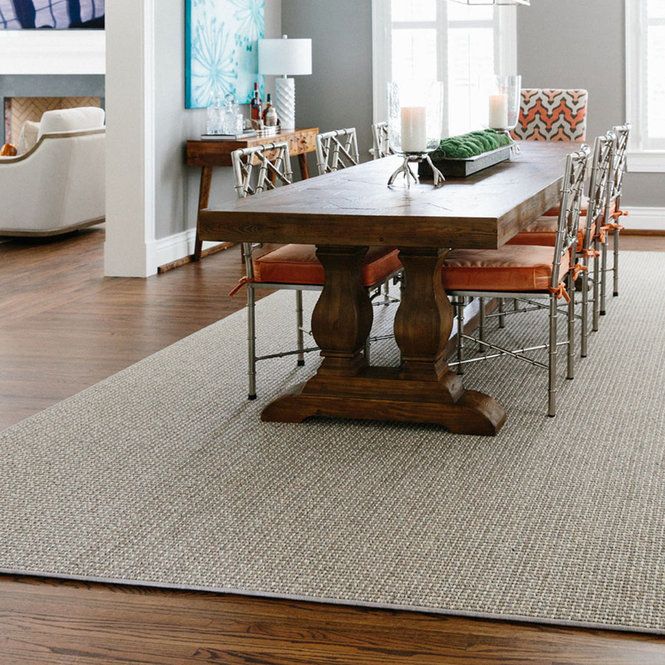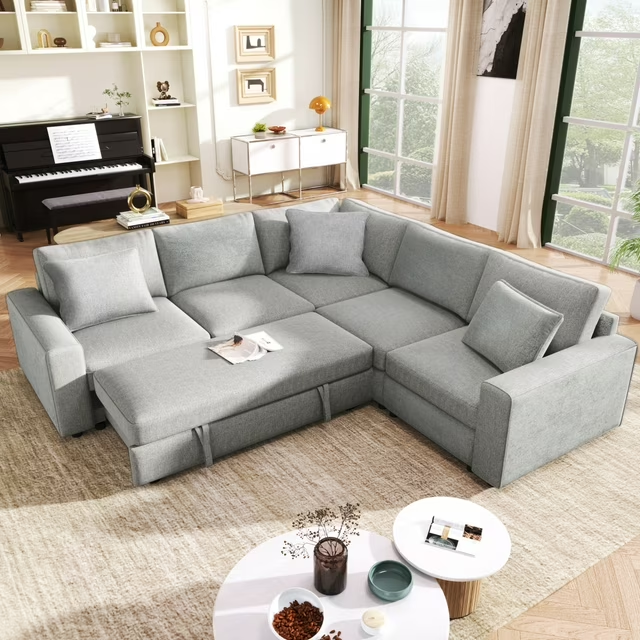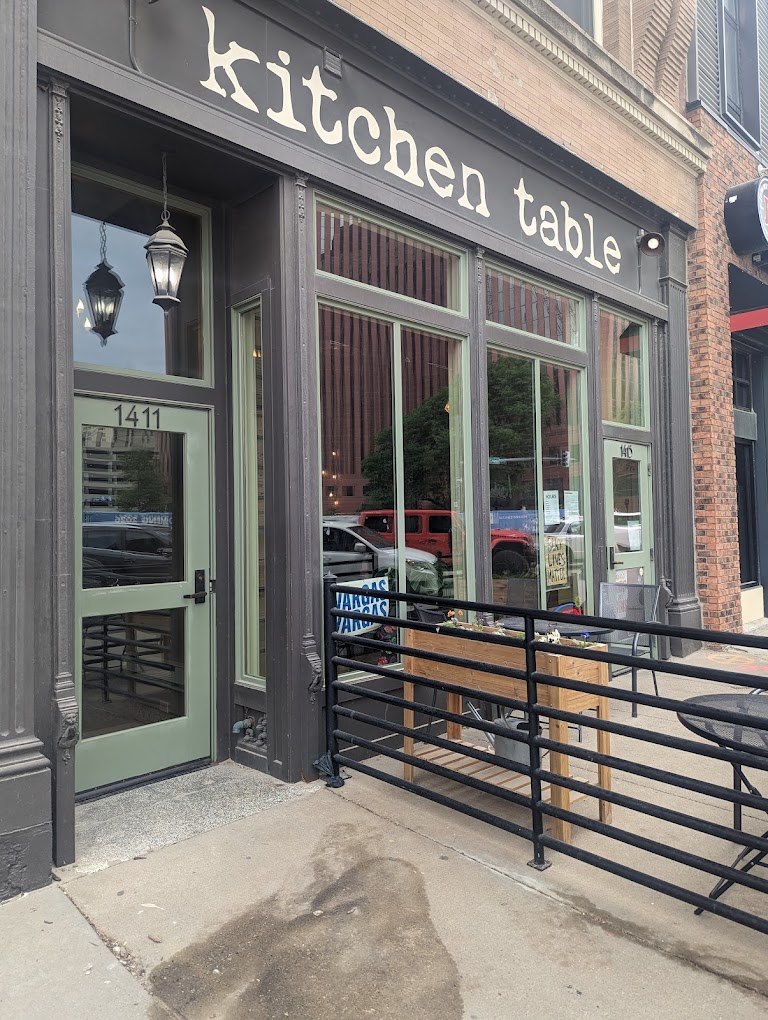Selecting the perfect area rug for under your dining table is key to pulling your space together. The right size rug can make the room feel cohesive and polished, while one that’s too small or large can throw off the proportions. When choosing a dining table rug, getting the size just right involves factoring in room dimensions, table measurements, and optimal placement. Here’s an in-depth look at how to determine the ideal dining rug size for your space.

Measure the Dimensions of Your Dining Area
Start by carefully measuring the entire floor space your dining table and chairs occupy. Be sure to note the length, width, and any irregularities if the dining area is an unusual shape. Having these overall room dimensions will give you a baseline size range to work within when rug shopping.
Consider the Size of Your Dining Table
Of course the size of your actual dining table itself is key. Measure the length and width of the table top as well as the floor area taken up by the bases or legs. Round pedestal tables will have a very compact footprint, while bulky trestle style bases take up much more floor space. Knowing the measurements of your exact table style will prevent choosing a rug that’s dwarfed by an oversized dining set.
Decide on Optimal Rug Placement
Where will your rug go under the table? Centered under just the tabletop, fully under the entire table, or extending beyond the edges? Most design experts recommend a rug that is about 24 inches wider and longer than the table dimensions. This allows the rug to fully ground the table while the border extends just beyond the edges. But you can also choose to size up for a rug that fills the whole dining area or just centers under the top.
Leave Room to Pull Out Chairs
Be sure to account for ample clearance around chairs to avoid constantly catching or tripping on the rug edge. At minimum, plan for 16-24 inches of bare floor between the rug perimeter and walls or furniture. More clearance is better for easily sliding chairs in and out from the edges and sides of the table.

Consider Border Styles
Thicker borders like fringes or tassels will effectively increase the overall rug size and required clearances. Make sure to factor these details in so dining chairs don’t sit directly on top of ornate borders or cause damage brushing against them routinely.
Calculate the Minimum Size
As a basic guideline, your dining rug should measure at least 8 feet long by 4 feet wide for average 6-8 person tables. Very large dining rooms or tables seating 10+ call for a rug no smaller than 9 x 6 feet. Anything below these dimensions will likely feel undersized.
Determine the Maximum Size
Of course, you can also err on the side of an oversized rug if space allows. But beware of going overboard with a gigantic 12 x 15 foot rug that monopolizes your entire dining room floor. Make sure the rug dimensions are proportional to the size of the space for a balanced look. Leave some visible hardwood or tiles between the rug perimeter and walls.
Select the Right Shape
Round rugs are perfect for pairing with circular or oval dining tables. For rectangular tables, choose a rectangular rug oriented parallel to the table length. Square rugs also work well. For more unique table shapes, layer a couple coordinating sizes and shapes to fully cover the floor area.
With some careful measurements and planning, selecting the perfect dining area rug size will be a breeze. Just be sure to keep room dimensions, table size, chair clearance, and design harmony in mind. The right dining rug can beautifully define the space while enhancing your table setting style.










